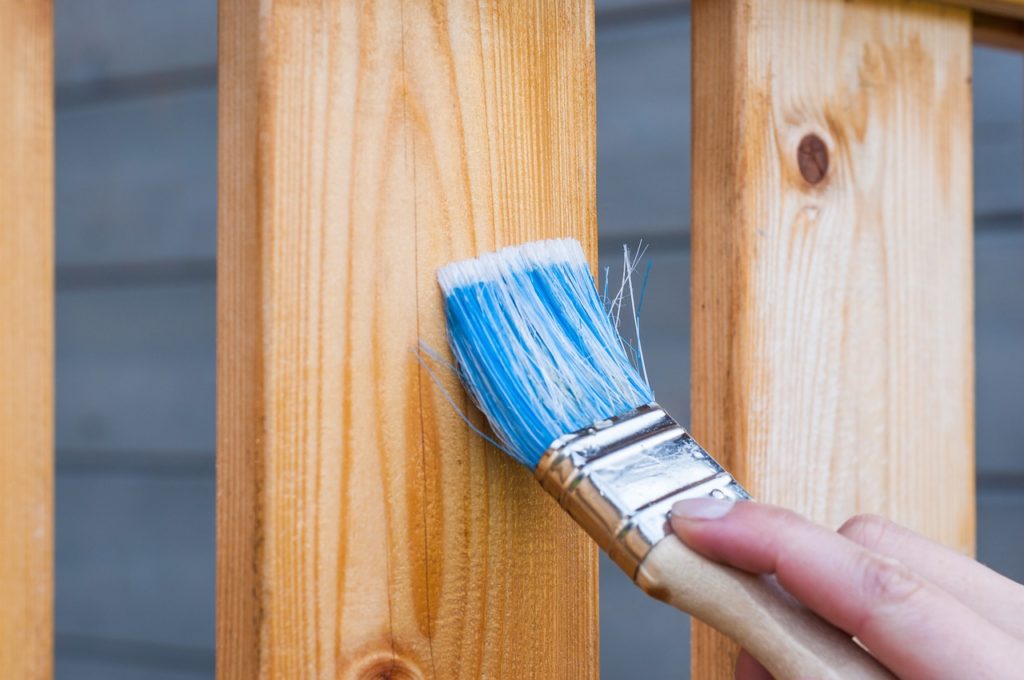Navigating Rough Waters: 7 Ways to Deal with Unexpected House Repair Costs
As a homeowner, there is never a good time to be faced with an unexpected house repair cost. They almost always come out of the blue, with no prior warning, and can cost anywhere from a few hundred dollars, to several thousand.
With 25% of homeowners having no savings put aside for emergency repairs, finding the cash can be difficult. Here are 7 ways to deal with unexpected house repair costs.
A Short Term Loan
If you need to make a payment urgently, you need access to cash quickly. This makes short-term loans a great option for homeowners in a jam. A bank or other traditional lender will likely take time to file the application and approve the loan, but a short-term lender, like Cigno Loans, offers a much swifter approval service, so you can get started on the repairs right away.
As with any short-term loan, it is essential to pay off the loan in full within the agreed timeframe. Falling behind can cause financial instability.
Home Equity Line of Credit (HELOC)
Homeowners can access a line of credit by borrowing against their equity in their property. The loan is usually for a set period of 5 or 10 years, and anyone with more than a 20% stake in their property can access it.
Homeowner’s Insurance
In some cases, your repair will be covered by your homeowner’s insurance. Check your insurance policy for a full breakdown of everything that is included. For example, you may find that the insurance policy covers some of the expenses, leaving you to fund part of the repairs.
A Government Loan
The government offers loan options for homeowners, including the FHA 203(k) and the Limited 203(k) loan programs. Both loan options are available for purchasing property, or refinancing, meaning they can be used in the event of an emergency expense for repairs.
Alternatively, the Department of Housing and Urban Development offers loans through its Title I Property Improvement program. If your property qualifies for this loan, the funds can be used for repairs.
Finally, if you live in a rural area, your property may qualify for the Home Repair program offered by the Department of Agriculture.
Borrow Against Your Life Insurance Policy
If you have a life insurance policy, some policy providers allow you to borrow money against your policy. They will use the policy as collateral. A word of caution: if you allow the debt to expand beyond the value of your policy, the policy provider will lapse, and you will have a significant tax bill on your hands.
Disaster Assistance
If your home was damaged in a natural disaster, you may qualify for assistance under the Federal Emergency Management Agency (FEMA) assistance program. This is usually administered when a natural disaster causes extensive damage and the homeowner’s insurance policy is unwilling to pay out for the repairs.
Credit Card
In an emergency, many people turn to their plastic to absorb the costs. This should only be used as a last resort, as the interest rates on credit cards are often higher than many of the other financing methods outlined here. As a result, you may find you are paying the repairs off for years to come.

